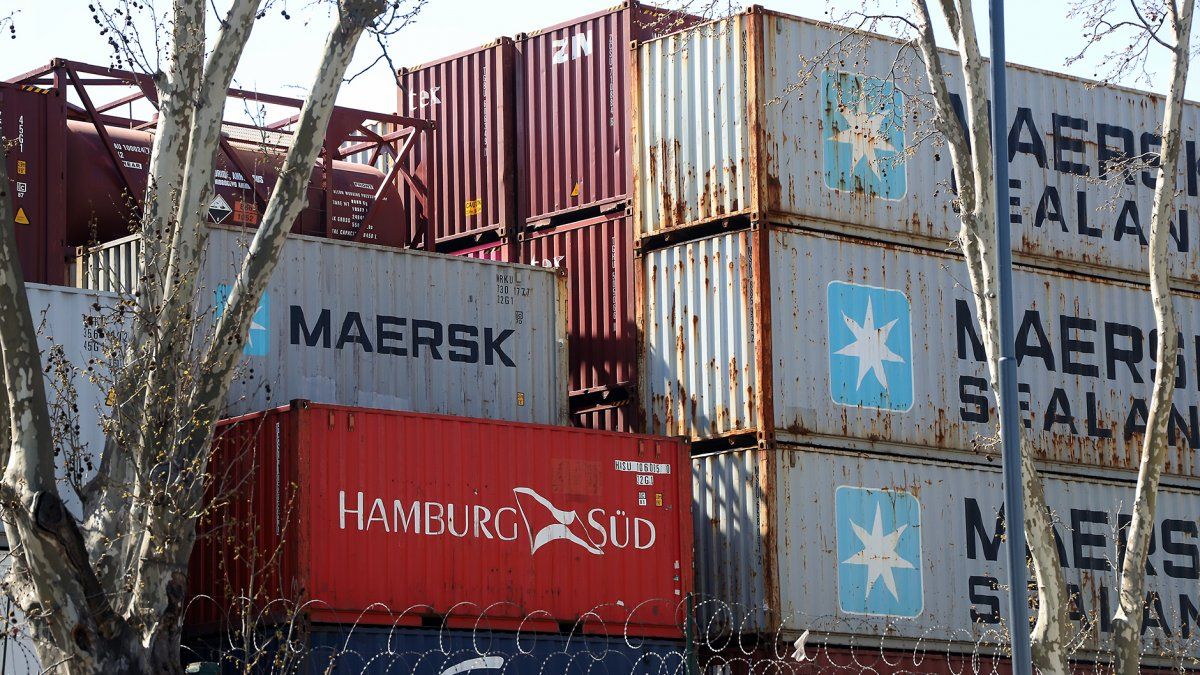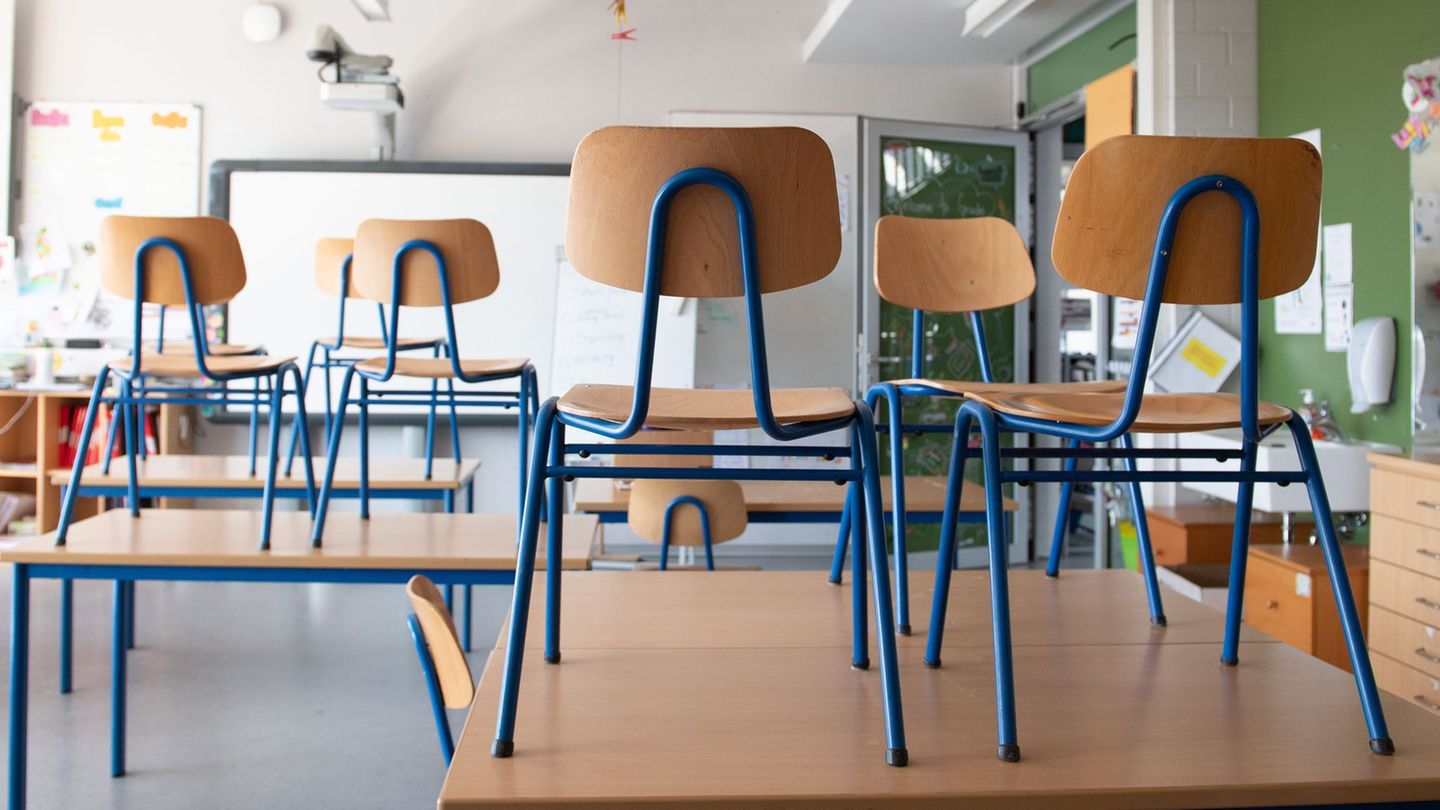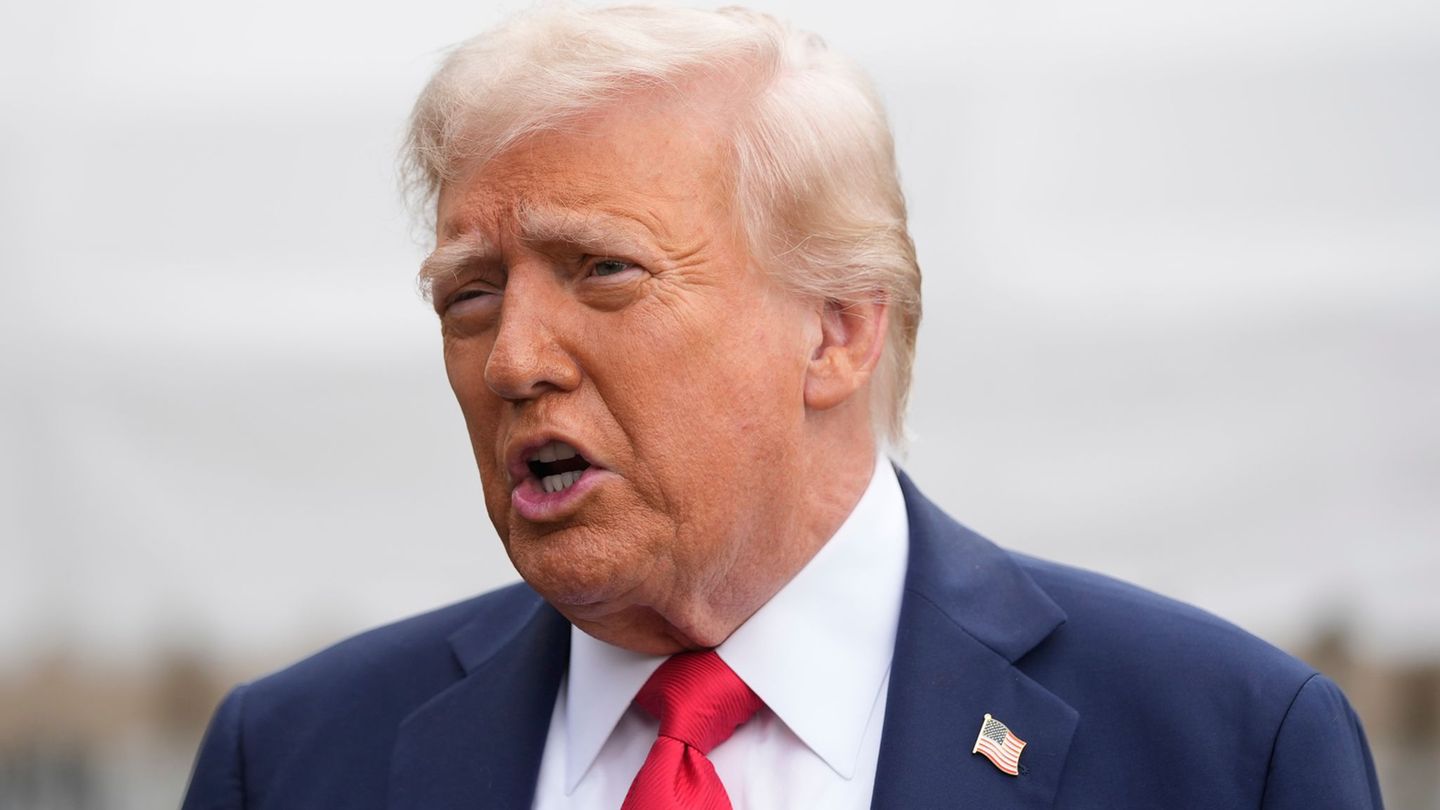In July, the IPCA contracted 0.68% and in August it fell 0.36%, while a new drop is expected in September. These data were recently highlighted by Jair Bolsonaro who, while waiting for the second round of the presidential elections against Lula Da Silva, also referred to the growth of the Gross Domestic Product.
Justly, In terms of economic activity, the Focus estimated that the GDP will grow 2.7% in 2022. Although it was maintained with respect to the previous weeks, it showed an improvement in recent months: for example, in early September, growth of 2.2% was projected. At the beginning of the year, it was just 0.3%.
Another key fact for the economy of the neighboring country is that, with lower inflation, a drop in interest rates (Selic) is expected for next year, which would go from the current 13.75% to 11.25%. In addition, it is estimated that the dollar will trade at 5.2 reais at the end of 2022.
The context of a stable real and a moderate economic expansion in Brazil could be good news for Argentina. In fact, it is estimated that For each point of GDP that the neighboring country grows, the Argentine economy benefits from 0.3% growth.
Analysis
The director of the consulting firm Abeceb Gustavo Perego made an analysis in this regard after the first round of the elections: “Brazil is Argentina’s main trading partner and that is not going to change, whatever the electoral result. Intra-Mercosur trade is very industrial, based on movement between multinationals and with the normal setbacks in commercial relations”.
“Of course, in a complicated world economy and in which the dynamism of the Brazilian economy is key for Argentina. In this context, a study by the Rosario Stock Exchange highlights that Brazil is the main destination for exports from Buenos Aires, Córdoba and Mendoza and the second for Santa Fe, provinces that account for 76% of Argentine exports”, added the analyst.
In any case, it was also highlighted that in the first nine months of the year the trade balance was in deficit for our country. “With the September data, the accumulated bilateral trade deficit so far in 2022 was US$2,185 million, when in the same period of 2021 it had been US$599 million (that is, it multiplied almost fourfold), as a result of imports that increased 36% per year and exports that did so at 19%”, they pointed out from the firm, and added: “With imports that everything indicates will continue to grow above exports in the rest of the year, it is expected that the bilateral trade red will continue to widen, being able to close 2022 with a bilateral deficit of around US$2.8 billionjust 20% below the historical average deficit of US$3.5 billion between 2004-2018”.
Facing what may happen in the coming months, from Ecolatina they pointed out that there are two factors that can mark the dynamics of Argentine exports to Brazil: the results of the presidential elections and the evolution of economic activity.
Regarding the second point, In recent months, the market has adjusted upwards the expected growth for the Brazilian economy in 2022, which went from 0.3% to 2.7% so far this year. As for 2023, although the surveys had been showing a downward adjustment until August, the projections in September remained stable and even showed a slight rise compared to the eighth month of the year,” they added from the firm.
And they detailed: “In conclusion, a good performance of exports to Brazil, mainly linked to the industrial sector, will be crucial in the short term to sustain foreign exchange earnings against the decrease in wheat exports expected for the fine harvest (generated by the recent drought) . Going through the window of the next few months until next year’s heavy harvest will not be easy at all in a situation where every dollar counts.”
Source: Ambito
David William is a talented author who has made a name for himself in the world of writing. He is a professional author who writes on a wide range of topics, from general interest to opinion news. David is currently working as a writer at 24 hours worlds where he brings his unique perspective and in-depth research to his articles, making them both informative and engaging.




